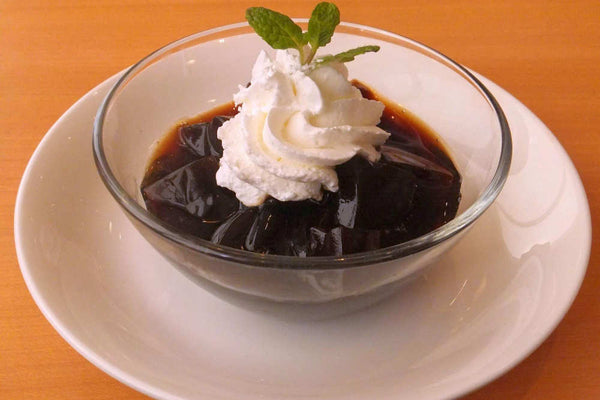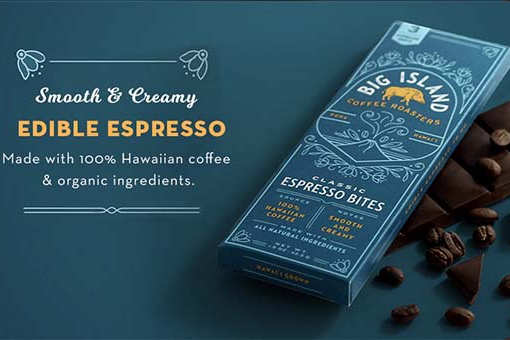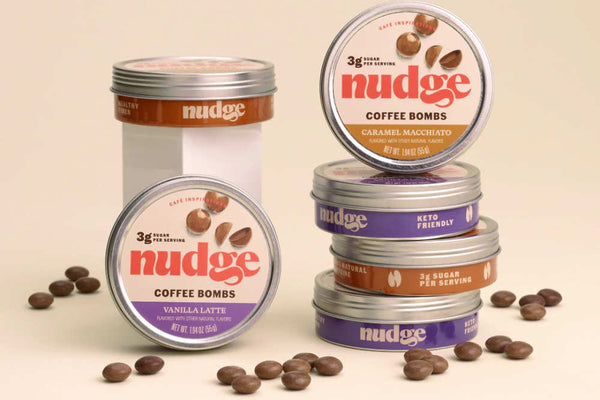From coffee jelly and tiramisu to coffee "bombs" and berry pulp bars
For over 150 years, coffee has been used in the preparation of various dishes. Just think of the famous dessert, tiramisu. And today, the market for coffee-flavored or coffee-based food products continues to grow.
Let's explore when coffee started being used not just as a beverage, the interesting products currently available in the market, and why it is important for roasters.
History of Coffee Products
Coffee as a beverage has been consumed since the 15th century. However, it wasn't until the late 1800s that coffee beans started being used in food preparation. Let's discuss some of the most popular products.
One of the first products to emerge was Camp Coffee, a concentrated syrup made with chicory and coffee extracts. It was created in 1885 in Glasgow, Scotland. Initially, this syrup was used to make an instant drink. However, bakers and pastry chefs soon started using Camp Coffee to prepare coffee cakes and creams.
In the 19th century, coffee jelly also made its appearance. Its recipes appeared in cookbooks published in England as early as 1817. The earliest recipes suggested mixing coffee with cold calf's foot jelly and isinglass—a substance obtained from dried swim bladders of fish. In 1918, Jell-O introduced its line of coffee jelly in the United States. However, this dish gained the most popularity in Japan approximately 150 years later, in the 1960s. It attracted young people and became popular alongside coffee culture. To this day, coffee jelly retains its popularity in Japan and is widely available throughout the country. In 2016, Starbucks launched a version of coffee jelly for frappuccinos in Japan.

Japanese coffee jelly with cream. ©wikipedia.org
In 1970, tiramisu was first prepared in Treviso, Italy—a dessert made with mascarpone cheese, ladyfingers soaked in coffee, and often dusted with cocoa. Its recipe, either faithfully or with variations, began to be reproduced in restaurants across the Veneto region and eventually throughout Italy. The inhabitants of Treviso who emigrated abroad spread the traditional recipe worldwide. To preserve the gastronomic traditions of the region, on October 15, 2010, three members of the Treviso delegation of the Italian Culinary Academy drew up a notarial act containing the original recipe and method of preparing tiramisu. In April 2011, the Tiramisu Academy was established with the aim of sharing the true geographical origin and authentic ingredients of the traditional recipe.
We have provided examples of coffee-infused products that have been known for many years. In the next section, we will discuss the latest innovations that have recently emerged.
Coffee Berry Pulp Bar and Coffee "Bombs": Today's Offerings
In recent years, numerous new products made from coffee have emerged.
The most common combination is with chocolate. Specialty coffee roasters like Blue Bottle and Intelligentsia collaborate with chocolatiers to create this pairing. There are many ways to incorporate coffee into chocolate, using whole or ground beans, paste, or cream.
Coffee is not only added to desserts but also to savory dishes. For example, one can try balsamic vinegar infused with espresso or "Coffee Sriracha" sauce by Catalyst, made from chili peppers and coffee. Coffee grounds are also used as a component in dry meat rubs and as a flavor enhancer in marinades.
There are also unconventional products where coffee is no longer an additional ingredient but the main focus.
Big Island Coffee Roasters' Espresso Bites are bars that resemble and taste like chocolate but are made from Hawaiian coffee. They contain less sugar than most chocolate bars. Kelly Stuart, co-founder and director of Big Island Coffee Roasters, says that Espresso Bites can also be dissolved in a cup of hot water to create a beverage. "Some of our customers even add Espresso Bites to freshly brewed coffee to make it stronger. Many also enjoy using our product as a snack," he added.

Espresso Bites bars in various flavors: latte, classic espresso, and espresso with sea salt. ©bigislandcoffeeroasters.com
Cascoa by Pixels World Wide SA is another bar. It is made from cascara, the dried pulp of the coffee cherry, roasted coffee beans, and organic cocoa butter. Notably, in the traditional coffee industry, farmers usually discard, burn, or use cascara as mulch. In addition to bars, Pixels offers its product in the form of cocktail syrup, small pieces for culinary use, and large blocks.

According to the manufacturer's description, CASCOA bars are rich in fiber and natural fats, containing 50 mg of caffeine and antioxidants. ©www.cascoa.com
Nudge coffee snacks from The Whole Coffee Co include "bombs," bars, and coffee oil. They are made according to a secret patented recipe using a paste produced from whole beans. The company's owner, Thomas Ferguson, states that their technology unlocks a much wider range of flavors and aromas compared to traditionally brewed coffee. The "bombs" resemble M&M's. Consumers appreciate the convenient portioned format of the product, allowing them to control caffeine consumption and enjoy an energy boost.

All these products offer a new way to experience the taste of coffee and appreciate it from an unfamiliar perspective.
In conclusion
The quality of coffee beverages is improving every year, as seen in the third wave phenomenon. Great attention is given to the craftsmanship of coffee brewing, as well as transparency and sustainability in its production. These values have spread widely to other segments of the industry, including coffee-flavored food products.
Food manufacturers worldwide strive to attract consumers with various innovations, and edible coffee is one such example. Even parts of the coffee cherry that were previously considered waste, like cascara, have found application. Roasters can expand their product range by adding coffee-based items to their lineup.

